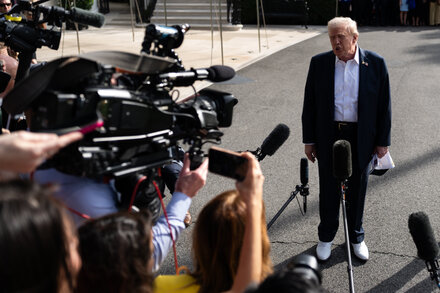Reports of unexplained aerial phenomena, colloquially referred to as “lights in the sky,” continue to surface globally, prompting renewed interest from both the public and official agencies. These observations range from unusual clusters of illumination to rapidly moving, silent objects, challenging conventional explanations and fueling ongoing scientific and governmental investigations into their origins.
For decades, accounts of peculiar lights in the night sky have been a subject of public fascination, often associated with the term Unidentified Flying Objects (UFOs). In recent years, governmental bodies, particularly in the United States, have shifted their terminology to Unidentified Aerial Phenomena (UAP) and have adopted a more transparent approach to investigating these occurrences. This change reflects a broader effort to destigmatize reporting and encourage systematic data collection.
The U.S. government, through entities like the All-domain Anomaly Resolution Office (AARO) established within the Pentagon, is actively working to collect, analyze, and characterize UAP incidents across all domains. AARO’s mandate is to identify potential threats to national security and to provide a scientific framework for understanding phenomena that defy immediate identification. The office frequently collaborates with various intelligence agencies and military branches to gather comprehensive data.
Parallel to defense initiatives, scientific organizations like NASA have also initiated independent studies into UAPs. These efforts focus on applying rigorous scientific methodologies to publicly available data and official reports, seeking to determine if any patterns or characteristics could shed light on the nature of these phenomena. Researchers emphasize the importance of distinguishing between easily explainable occurrences, such as conventional aircraft, satellites, drones, or atmospheric conditions, and those that remain genuinely anomalous after thorough investigation.
The challenge in identifying these “lights” often lies in the limited data available for analysis. Eyewitness accounts, while valuable, can be subjective and lack the precise measurements needed for scientific scrutiny. Official reports, when declassified, frequently contain sensor data and radar readings, which offer a more objective basis for study but often remain inconclusive.
“Our primary objective remains to reduce the unknown to the known,” stated Dr. Sarah Chen, lead researcher for a prominent aerospace defense contractor, in a recent briefing. “Many of these ‘lights’ often have prosaic explanations, but a subset continues to defy conventional analysis, underscoring the necessity for a rigorous, data-driven approach to understanding our airspace.”
As investigations continue, the emphasis remains on a methodical, evidence-based approach rather than speculative conclusions. The ongoing public and official interest in “lights in the sky” highlights a collective human curiosity about the unexplained and a persistent commitment to understanding the full scope of phenomena occurring within Earth’s atmosphere and beyond.
Source: Read the original article here.





